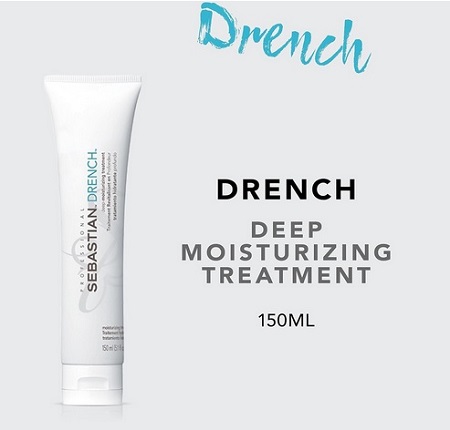Keratin Straightening Treatment and Permanent Hair Straightening: A Comprehensive Guide
Keratin straightening treatment and permanent hair straightening are popular methods to achieve smooth, straight hair, but they differ in process, effects, and maintenance. This article explores these treatments, the straightening process, chemically straightened hair, and the concept of permanent straightening, straight perm, and the role of deep moisturizing treatment.
Keratin Straightening Treatment
A keratin straightening treatment involves applying a keratin-rich solution to the hair, which smooths, strengthens, and straightens it by infusing keratin, a key protein in hair structure into the strands. The process usually starts with washing the hair twice, then applying the keratin solution, which seeps into the hair’s pores. Heat from a flat iron seals the keratin into the hair, resulting in silky, frizz-free, and more manageable hair.
There are two types of keratin treatments: those containing formaldehyde and those without. Formaldehyde-based treatments tend to be more effective and longer-lasting but come with health concerns due to the chemical’s toxicity. Non-formaldehyde treatments are safer but generally less durable. Besides straightening, keratin treatments improve hair texture and condition, especially for virgin or color-treated hair, and can add volume and loosen curls rather than completely flattening them.
The Straightening Process
The straightening process varies depending on the method but generally involves chemically altering the hair’s protein bonds. In permanent hair straightening, a chemical solution breaks down disulfide bonds in curly hair, allowing the hair to be reshaped. A neutralizer is then applied to lock the hair into its new straight form. This process can take several hours and requires careful application to avoid damage.
Keratin treatments, while also chemical, focus on coating and strengthening hair with keratin rather than breaking bonds. Heat sealing is essential to lock in the treatment. After treatment, it’s often advised to avoid washing or wetting hair for a couple of days to ensure longevity.
Chemically Straightened Hair
Chemically straightened hair results from treatments that permanently alter the hair’s natural curl pattern. These treatments can cause hair damage such as breakage and dryness because they disrupt the hair’s natural protein structure. Common chemicals include formaldehyde and sodium hydroxide, which can irritate the scalp and pose health risks with repeated exposure.
Repeated chemical straightening can weaken hair over time, making it prone to breakage and requiring deep conditioning to maintain hair health. Professional application is recommended to minimize damage and ensure safety.
Permanent Straightening and Straight Perm
Permanent straightening refers to chemical treatments that keep hair straight for months, eliminating the need for daily styling. Popular methods include hair rebonding, Japanese thermal reconditioning, and straight perms.
A straight perm, also known as Japanese hair straightening or thermal reconditioning, uses chemicals and heat to permanently straighten curly or wavy hair. Unlike traditional perms that add curls, straight perms relax the hair’s curl pattern, resulting in smooth, frizz-free hair that remains straight even after washing. This treatment significantly reduces frizz and simplifies styling routines, making hair easier to manage.
Deep Moisturizing Treatment
Because chemical straightening can dry out and damage hair, deep moisturizing treatments are essential to restore moisture, strength, and shine. These treatments penetrate the hair shaft to replenish lost hydration and repair damage. Products like deep treatment masques provide intense nourishment, improve hair elasticity, and protect hair from further damage, helping maintain the health and appearance of chemically straightened hair.
Conclusion
Keratin straightening treatment and permanent hair straightening offer effective solutions for smooth, straight hair but differ in their chemical processes and effects. Keratin treatments smooth and strengthen hair with protein infusion, while permanent straightening chemically restructures hair bonds for long-lasting straightness. Straight perms provide a permanent solution for curly hair, reducing frizz and easing styling. To maintain hair health, especially after chemical treatments, deep moisturizing treatments are vital to replenish moisture and prevent damage.
By understanding these treatments and their care requirements, individuals can choose the best option for their hair type and lifestyle while minimizing potential risks.

